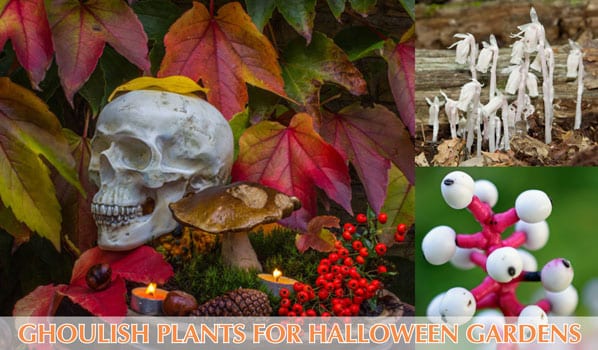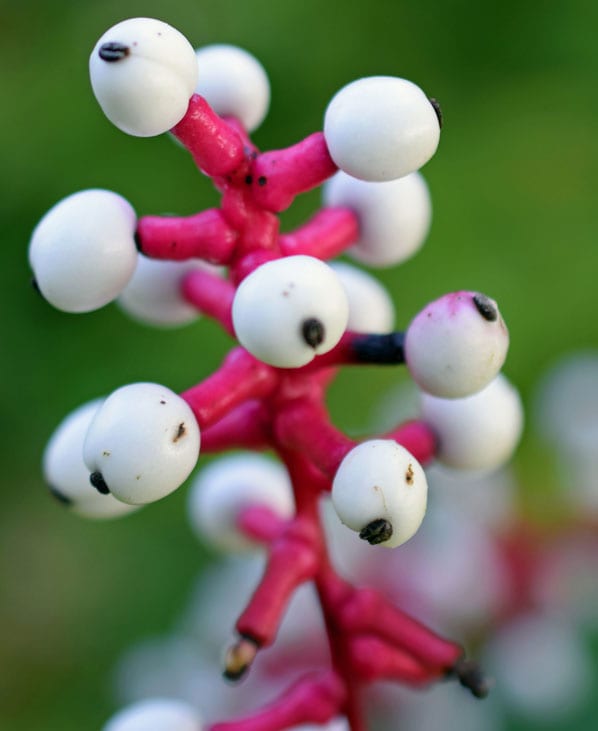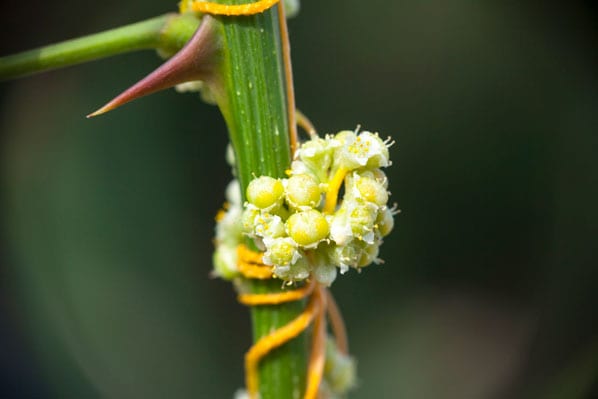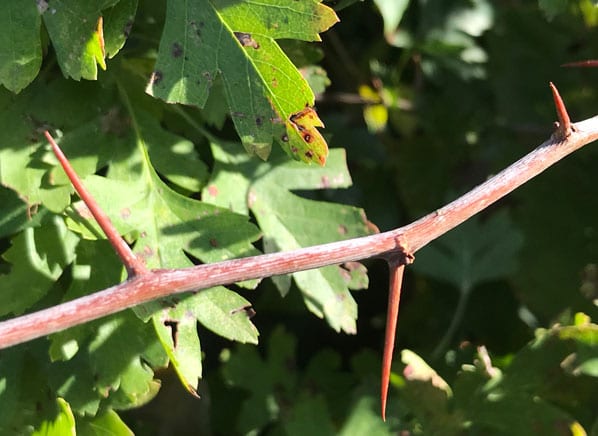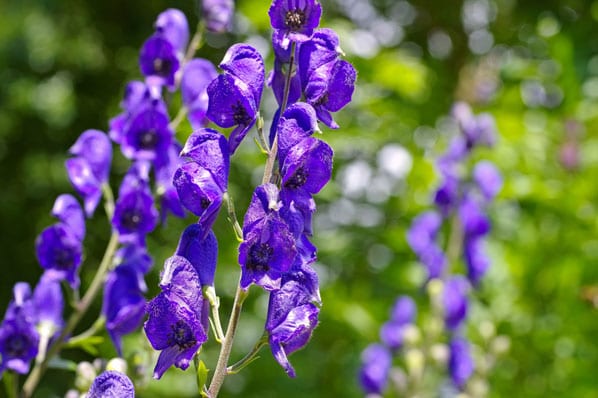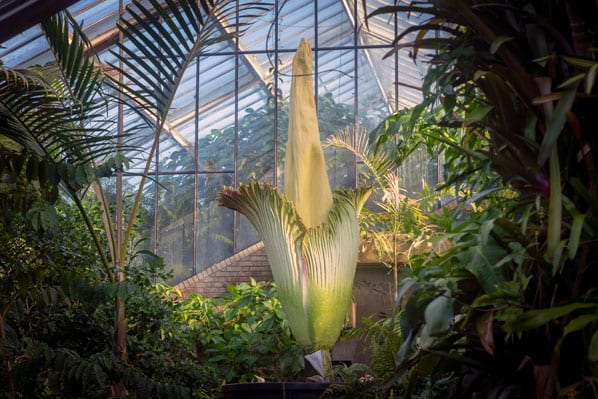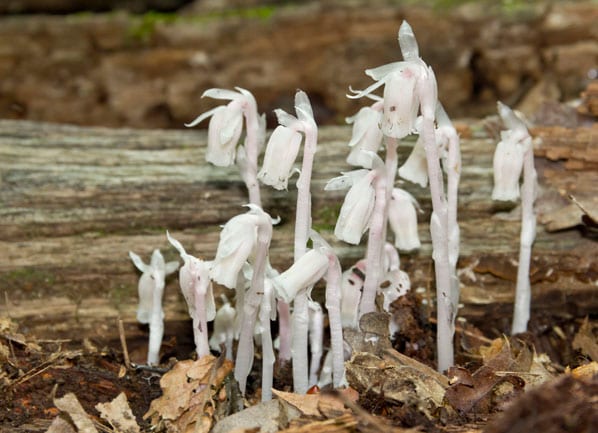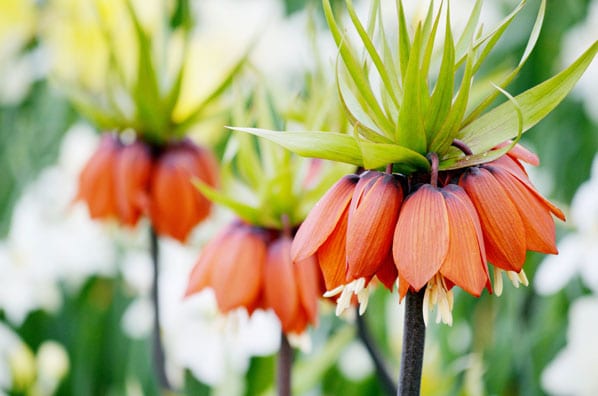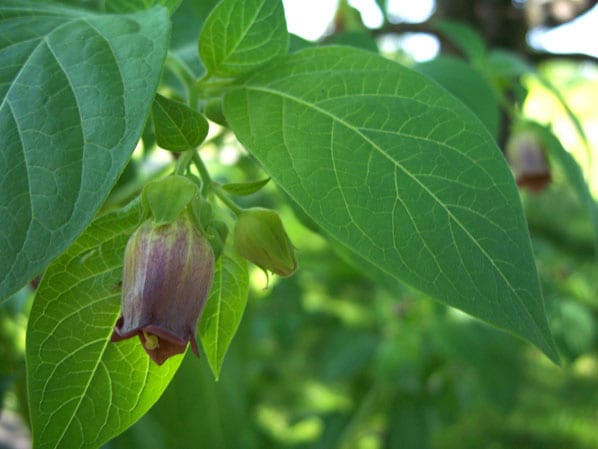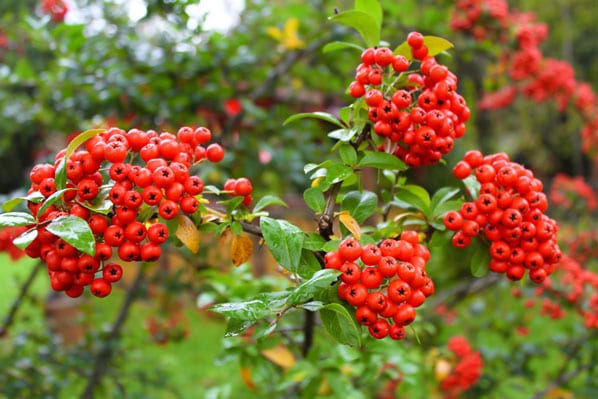Kitchens and bathrooms are the most important rooms in the house, and a little DIY can bring them bang up to date. Claire Spreadbury learns to tile...

When it comes to DIY, some rooms are easier to tackle than others. Kitchens are best left to the experts, and bathrooms – aside from a bit of resealing – can often be the same.
One easy update that is pretty simple to do, however, is splashbacks. They sit behind the sink and are essential to stop water being sprayed everywhere when hands, fruit, vegetables and whatnot are washed. It is tiling, but it tends to be quite a small area, so should be achievable for most people.
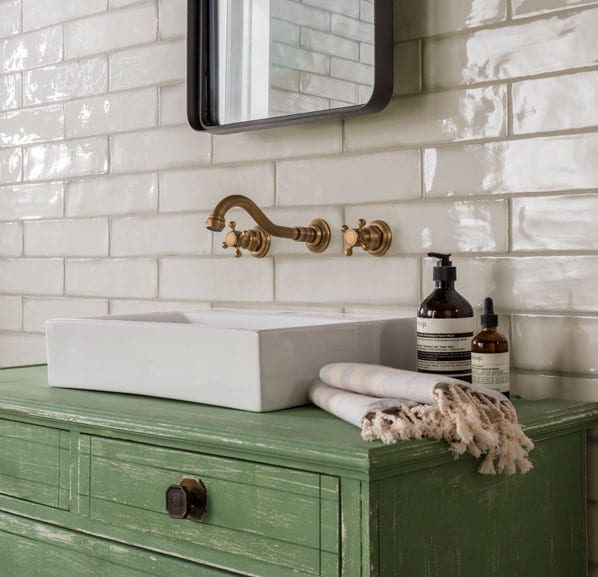
“Adding a splashback is a great way to inject a touch of personality into your kitchen, by creating a focal point,” says Sian O’Neill, head of marketing at Topps Tiles. “It’s also a very cost-effective way of updating the appearance of a room and giving it a new look, just by making some small changes.”
What you will need
There are a few things to keep in mind when tiling your own splashbacks. Firstly, says O’Neill, ensure you have all the right equipment – including the correct adhesive, a notched trowel, safety goggles, spirit level, tile spacers and a cutter. Next, make sure you work out how many tiles you need by measuring the area and adding 10% for any cuts and wastage.
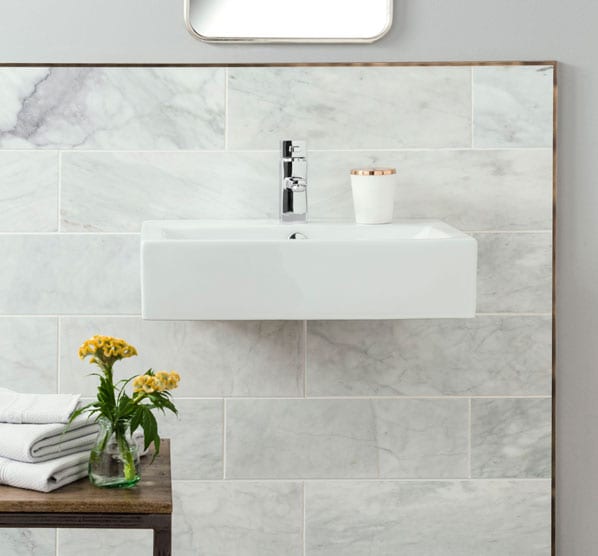
Choosing your tiles
“As splashbacks create a focal point, they lend themselves to more vibrant colours or patterns to make a real statement,” notes O’Neill. “They also provide the ideal canvas to be brave with statement shapes, so consider the lay pattern before you start.”
A herringbone style, for example, can add real interest to the area and create a unique look.
“Block colours can offer a classic and timeless look, while intricately patterned tiles create more of a contemporary finish,” she adds. “And when it comes to the type of tile, ceramic or porcelain tend to be more favourable than the likes of natural stone, as they are lower in maintenance – an important consideration given the fact your splashback needs to be water resistant and less susceptible to staining.”
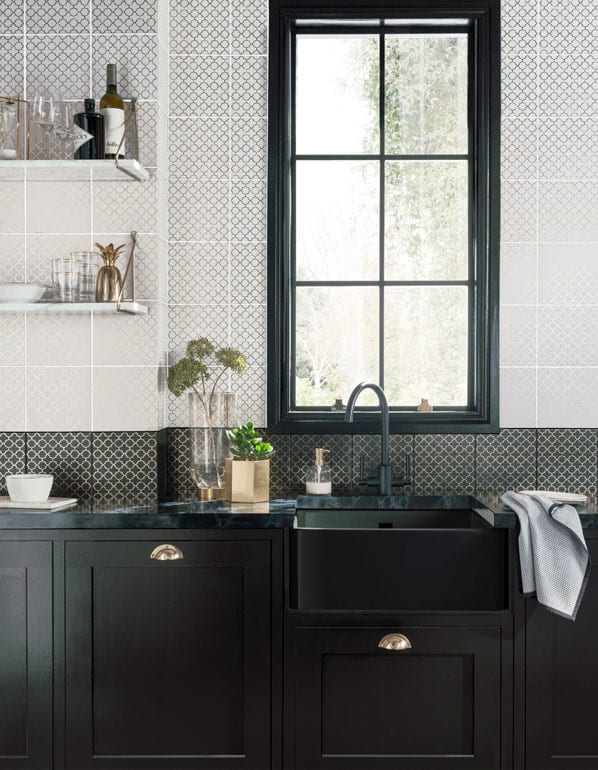
Think about the grouting
Not many of us have spent much time deliberating grout, but there are different colours available and – despite the subtle differences – choosing the right grout can really enhance the overall effect. “It’s important not to overlook the colour of the grout chosen, as this can provide the all-important finishing touch. Darker grouts can offer lower maintenance compared to the traditional white, when used in areas with high activity or likely food splatters,” says O’Neill.
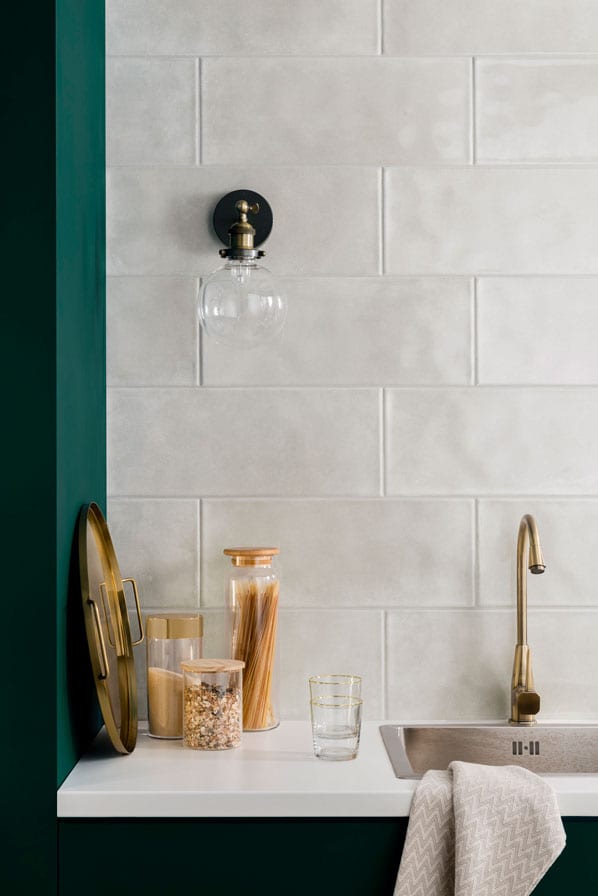
Preparing and tiling the wall
“When you have your tiles and all the necessary tiling equipment, prepare the wall to ensure it is smooth, clean, completely dry and free from any dust or debris,” says O’Neill. “Apply an even layer of adhesive to a tiling or notched trowel, and starting from the corner, spread the product over the area of two or three tiles at a time. Place the tiles firmly on the adhesive, using spacers to create an even layout.
“Allow your tiles to dry for 24 hours, and then fill the spaces between each tile, using grout and a grout float tool. Pushing the grout deep into the joints will prevent moisture from getting behind the tiles, which is particularly important in kitchen areas.
“Once finished, wipe down your tiles with a clean, damp sponge, working at a 45-degree angle down your surface.”
And that’s it! Leave everything to properly dry, then show off your handy work to all your friends and family.
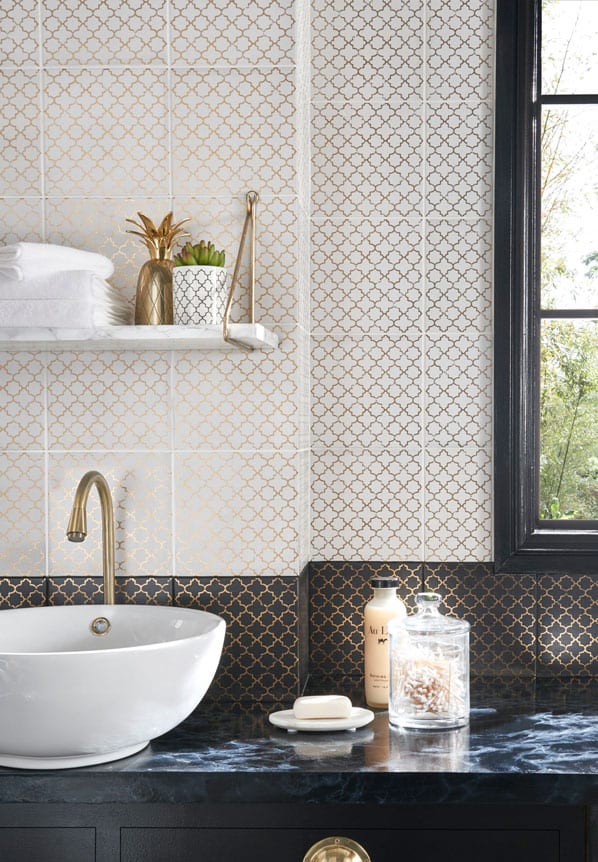
Before you start any work on your home, if you wished to discuss the potential value that you can add, contact your local office for a no obligation market appraisal.

